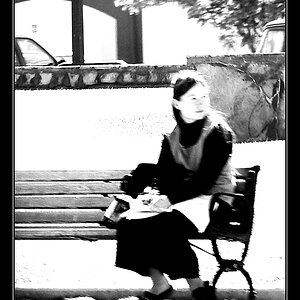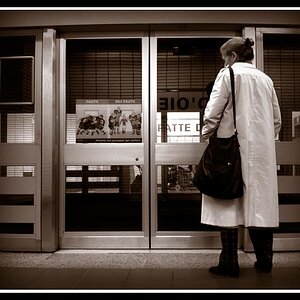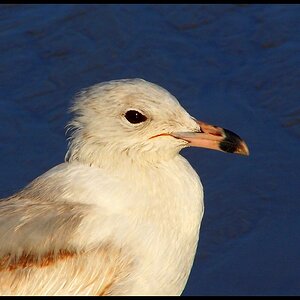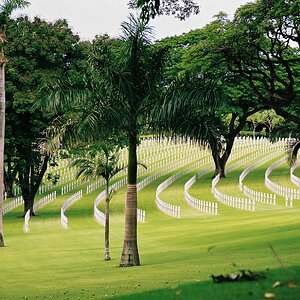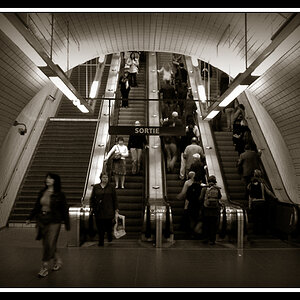Tiberius47
No longer a newbie, moving up!
- Joined
- Oct 4, 2007
- Messages
- 742
- Reaction score
- 47
- Can others edit my Photos
- Photos NOT OK to edit
The title says it all. Do you shoot raw files or jpegs? Why one and not the other? Or do you shoot both? If so, why do you decide to shoot one photo in raw and the other as a jpeg?
So please choose an option in the poll, and expand on your choice here in the thread.
And let's not turn this into a RAW/JPEG debate, okay? It's a file format, not a religion.
Personally, I'm the sort of photographer who likes to get it right in camera as much as I can. So I don't do heavy editing in Photoshop. This is one of the reasons I mainly shoot in JPEG. The other reasons are that I don't like spending a long time editing my photos anyway (and RAW files tend to eat too much of my time), and I hate not being able to see a preview larger than a thumbnail until I open it. I hate going through ten shots of the same thing, opening each one, just to find the shot that doesn't have camera shake. I also like the longer burst times when I'm shooting, and the greater number of shots I can get on a card.
That said, if I know I am going to be doing some heavier work with a photo, I will shoot in RAW. I do this if I'm shooting different exposures to blend together, tricky lighting situations and the like.
So please choose an option in the poll, and expand on your choice here in the thread.
And let's not turn this into a RAW/JPEG debate, okay? It's a file format, not a religion.
Personally, I'm the sort of photographer who likes to get it right in camera as much as I can. So I don't do heavy editing in Photoshop. This is one of the reasons I mainly shoot in JPEG. The other reasons are that I don't like spending a long time editing my photos anyway (and RAW files tend to eat too much of my time), and I hate not being able to see a preview larger than a thumbnail until I open it. I hate going through ten shots of the same thing, opening each one, just to find the shot that doesn't have camera shake. I also like the longer burst times when I'm shooting, and the greater number of shots I can get on a card.
That said, if I know I am going to be doing some heavier work with a photo, I will shoot in RAW. I do this if I'm shooting different exposures to blend together, tricky lighting situations and the like.




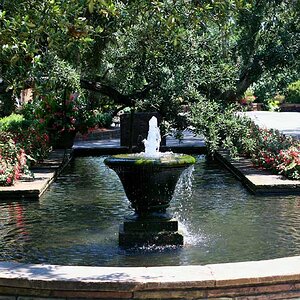
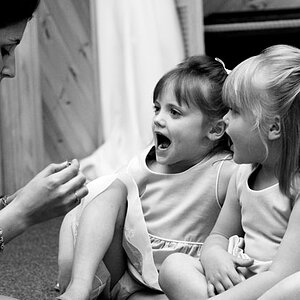
![[No title]](/data/xfmg/thumbnail/40/40288-4d5d7a8aa74ddfceb5fb82062d9b21be.jpg?1619739409)
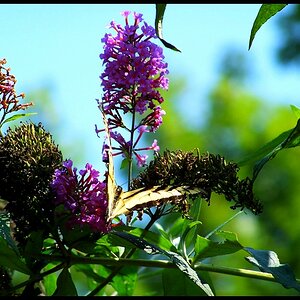
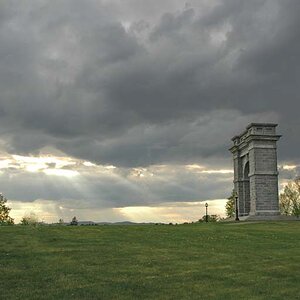
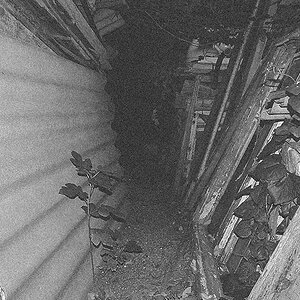
![[No title]](/data/xfmg/thumbnail/40/40286-86401b94de8b01bea8bb4ea154aaea0a.jpg?1619739408)
